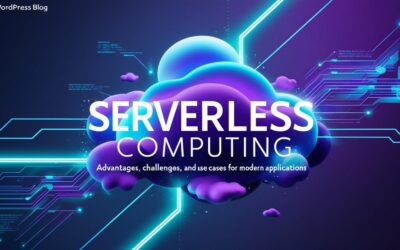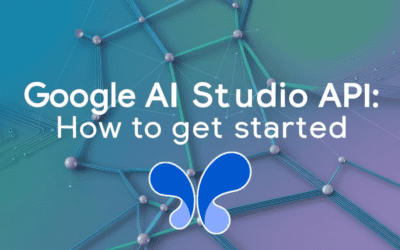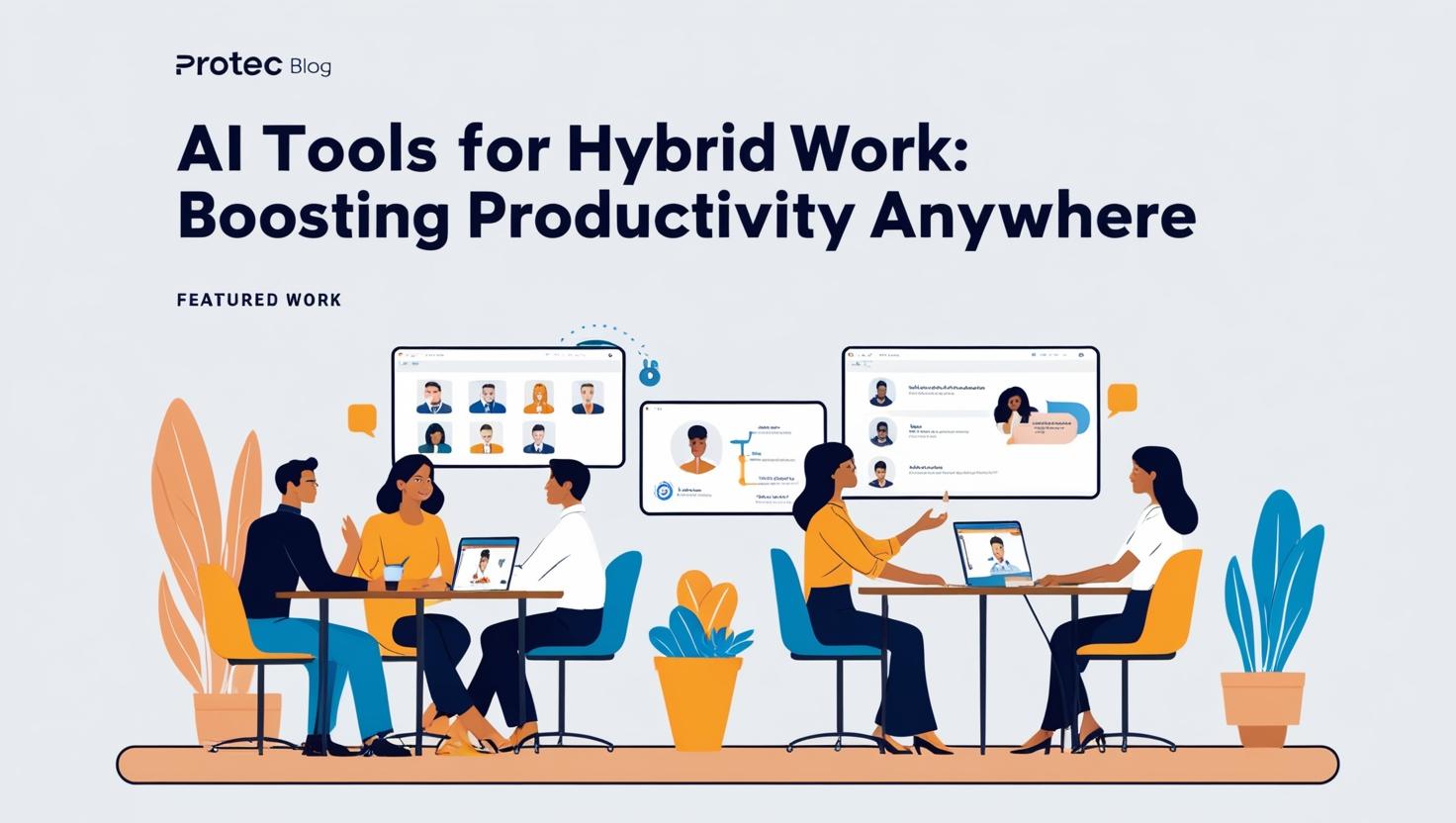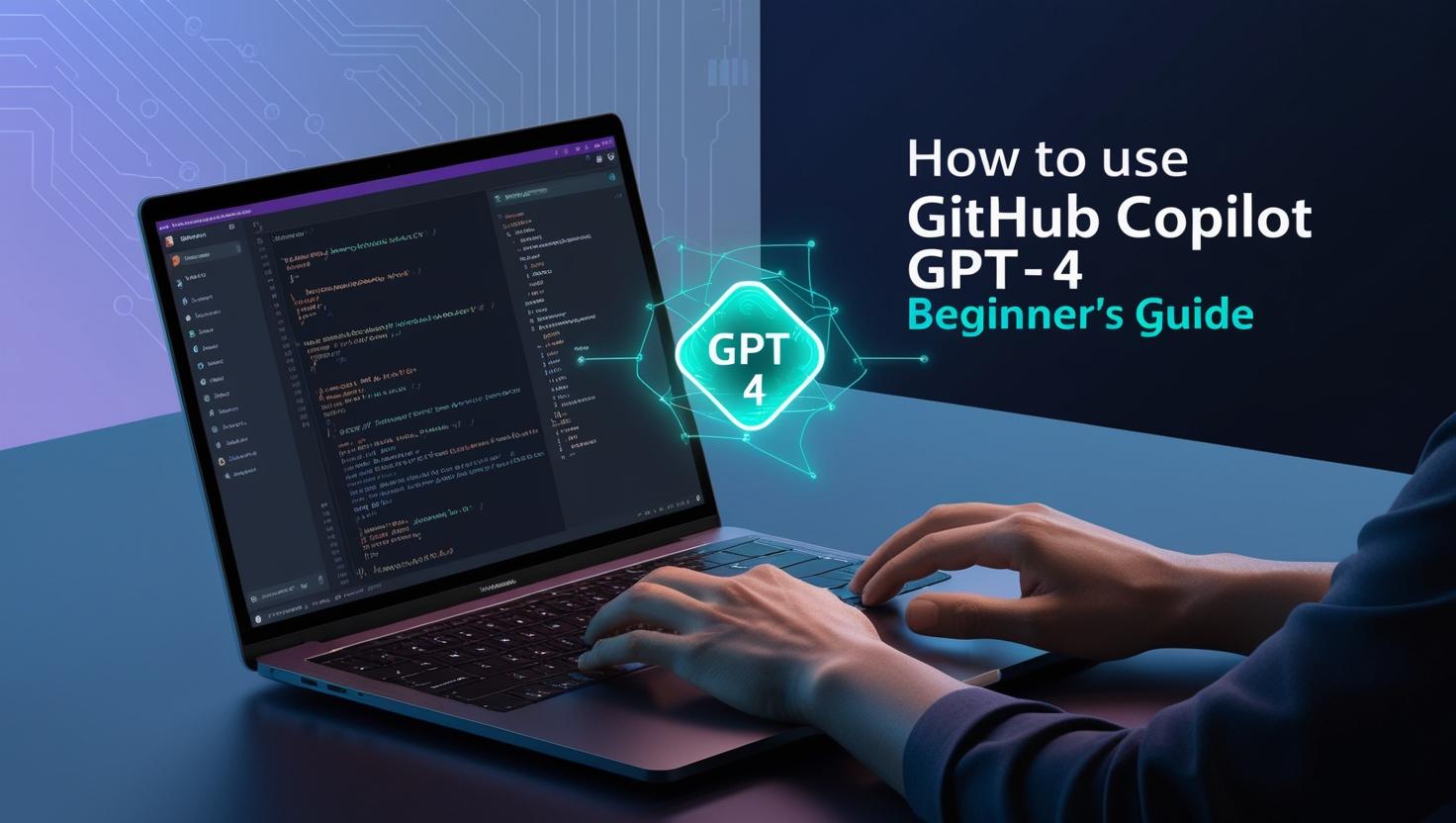Hybrid work is here to stay. A 2023 Gartner survey reveals that 53% of employees now split their time between home and the office, but managing dispersed teams remains a challenge. Enter AI tools for hybrid work—innovative solutions that automate repetitive tasks, bridge communication gaps, and empower teams to thrive in flexible environments. By 2025, the AI productivity tool market is projected to reach $12.5 billion (MarketsandMarkets), driven by demand for smarter workflows. In this guide, we’ll explore the top AI tools for hybrid work, their real-world impact, and how to integrate them into your organization.
1. Why AI Tools Are Essential for Hybrid Work
Solving Collaboration and Efficiency Gaps
Hybrid work introduces friction: delayed responses, meeting fatigue, and inconsistent workflows. AI tools for hybrid work address these pain points by:
- Automating administrative tasks (e.g., scheduling, data entry).
- Enhancing real-time communication with transcription and sentiment analysis.
- Predicting project bottlenecks using historical data.
Key Stats:
- Teams using AI tools report 40% faster decision-making (McKinsey).
- 62% of employees say AI reduces burnout by handling repetitive work (Salesforce).
2. Top AI Tools for Hybrid Work in 2024
A. AI-Powered Communication Tools
Otter.ai: Real-Time Meeting Transcription
- What it does: Transcribes meetings, highlights action items, and syncs notes to Slack.
- Impact: Reduces note-taking time by 75% (Otter.ai Case Study).
- Pro tip: Integrate with Zoom to auto-generate summaries for absent team members.
GrammarlyGO: Smarter Writing Assistance
- What it does: Generizes email drafts, Slack replies, and reports using contextual AI.
- Impact: Users save 3.1 hours weekly on writing tasks (Grammarly Report).
B. AI-Driven Project Management
ClickUp: Task Automation and Predictive Analytics
- What it does: Automates status updates and forecasts delays using AI.
- Impact: Teams using ClickUp’s AI complete projects 20% faster (ClickUp Data).
Motion: AI-Powered Scheduling
- What it does: Optimizes calendars based on priorities, deadlines, and energy levels.
- Example: A marketing team reduced scheduling conflicts by 90% with Motion.
C. AI for Hybrid Meeting Engagement
Hugo.ai: Meeting Insights and Follow-Ups
- What it does: Analyzes meeting tone, tracks action items, and nudges stakeholders.
- Stat: Teams using Hugo achieve 88% follow-through on tasks (Hugo Data).
Krisp: Noise Cancellation and Voice Clarity
- What it does: Removes background noise and enhances speech in virtual meetings.
- Pro tip: Pair Krisp with Zoom for crystal-clear client calls in open-plan offices.
3. Overcoming Hybrid Work Challenges with AI
Challenge 1: Asynchronous Communication
- Solution: Use Slack’s AI Search to instantly find files or messages across channels.
Challenge 2: Task Prioritization
- Solution: Implement Todoist’s AI Assistant to auto-sort tasks by urgency.
Challenge 3: Employee Isolation
- Solution: Deploy Microsoft Viva Insights to track well-being metrics and suggest breaks.
4. Implementing AI Tools for Hybrid Work: 4 Actionable Steps
Step 1: Audit Existing Workflows
Identify repetitive tasks (e.g., scheduling, reporting) where AI can add value.
Step 2: Pilot Tools with a Small Team
Test tools like Notion AI (documentation) or Fireflies.ai (meeting recaps) for 30 days.
Step 3: Train Employees
Host workshops to address AI literacy gaps. Use platforms like LinkedIn Learning for on-demand courses.
Step 4: Measure ROI
Track metrics like:
- Time saved per task.
- Employee satisfaction scores.
- Project completion rates.
5. The Future of AI Tools for Hybrid Work
Trend 1: Hyper-Personalized Workflows
AI will tailor tools to individual work styles. For example, Adobe’s Sensei already customizes design tools based on user habits.
Trend 2: Emotional AI
Tools like Cogito analyze vocal cues to improve empathy in customer interactions.
Trend 3: AI “Teammates”
By 2026, Gartner predicts 25% of employees will have AI assistants that handle tasks like drafting contracts or managing budgets.
Conclusion: Embrace AI Tools for Hybrid Work Today
AI tools for hybrid work aren’t just a trend—they’re a necessity for staying competitive. Start small, focus on high-impact areas like meetings and task automation, and scale as your team adapts.
Your Action Plan:
- Prioritize: Choose 1-2 tools (e.g., Otter.ai + ClickUp) to pilot.
- Iterate: Gather feedback and refine tool usage monthly.
- Invest: Allocate budget for AI training to maximize adoption.
Ready to transform your hybrid workflow? The future of productivity is here.
Sources:
- Gartner Hybrid Work Survey
- McKinsey AI Productivity Study
- MarketsandMarkets AI Tools Forecast
- Salesforce Employee Experience Report
Stay ahead with The ProTec Blog—your source for cutting-edge workplace strategies.


















